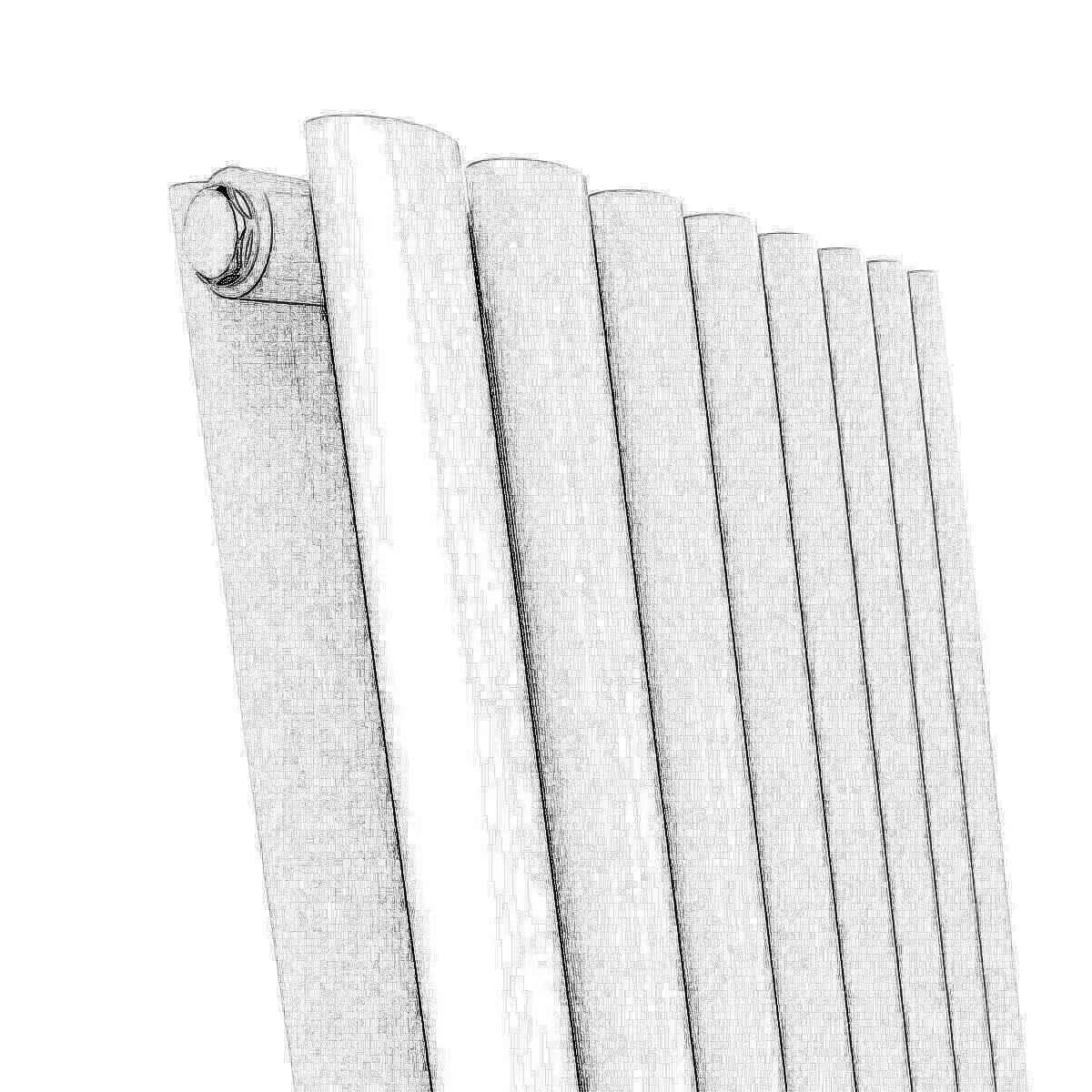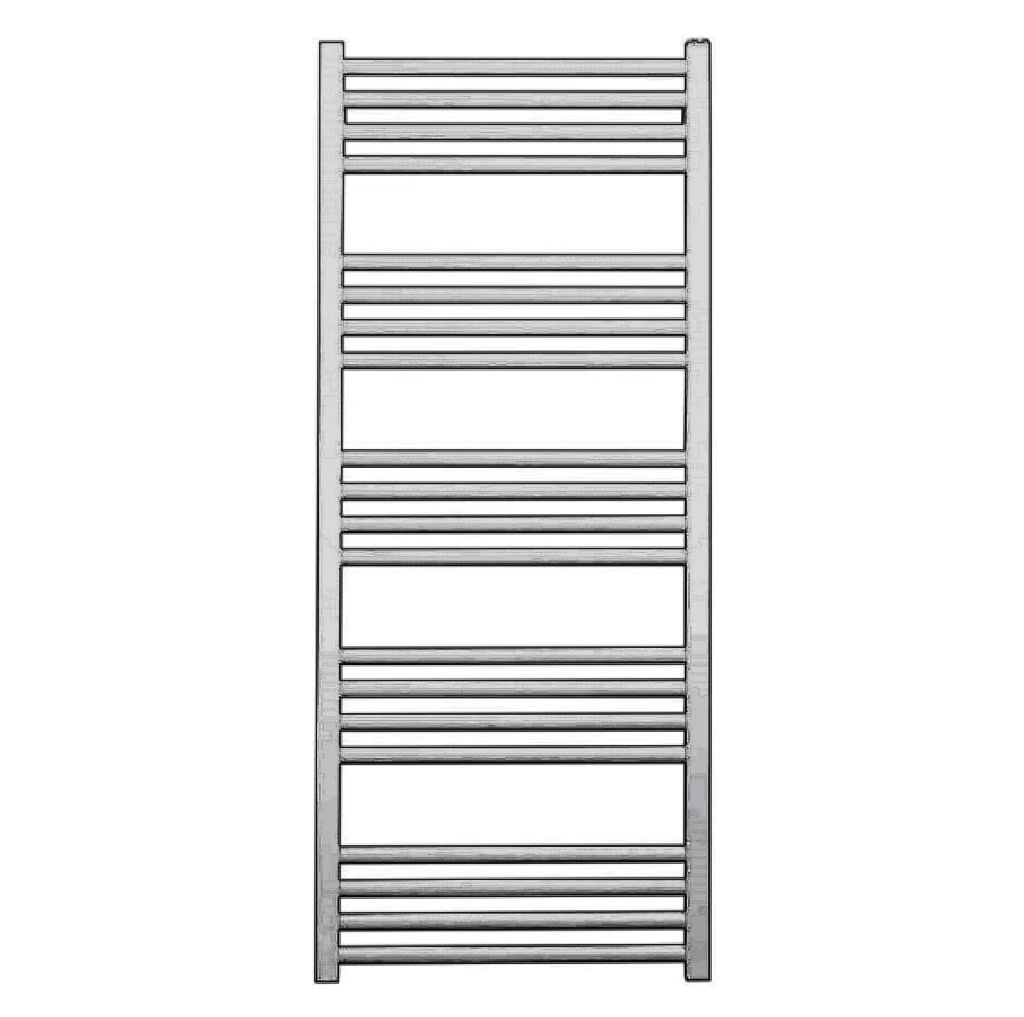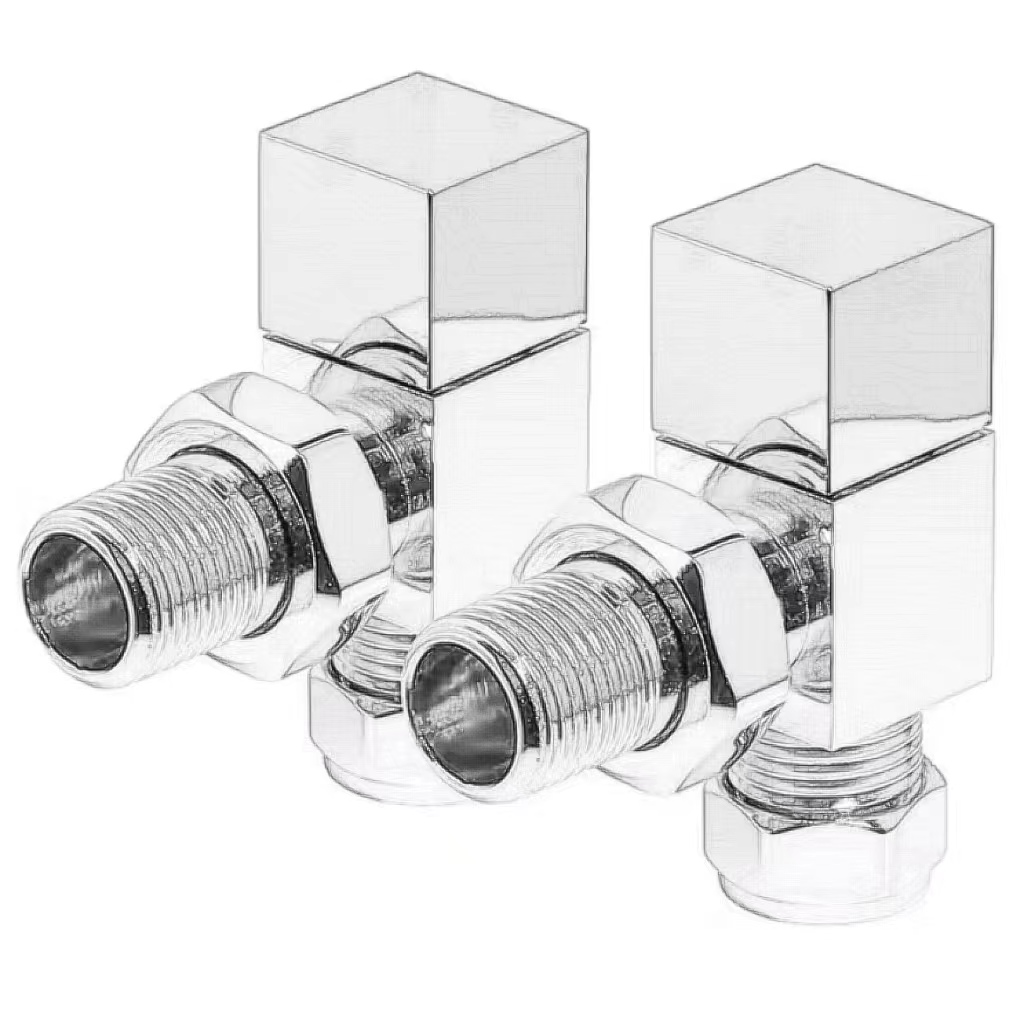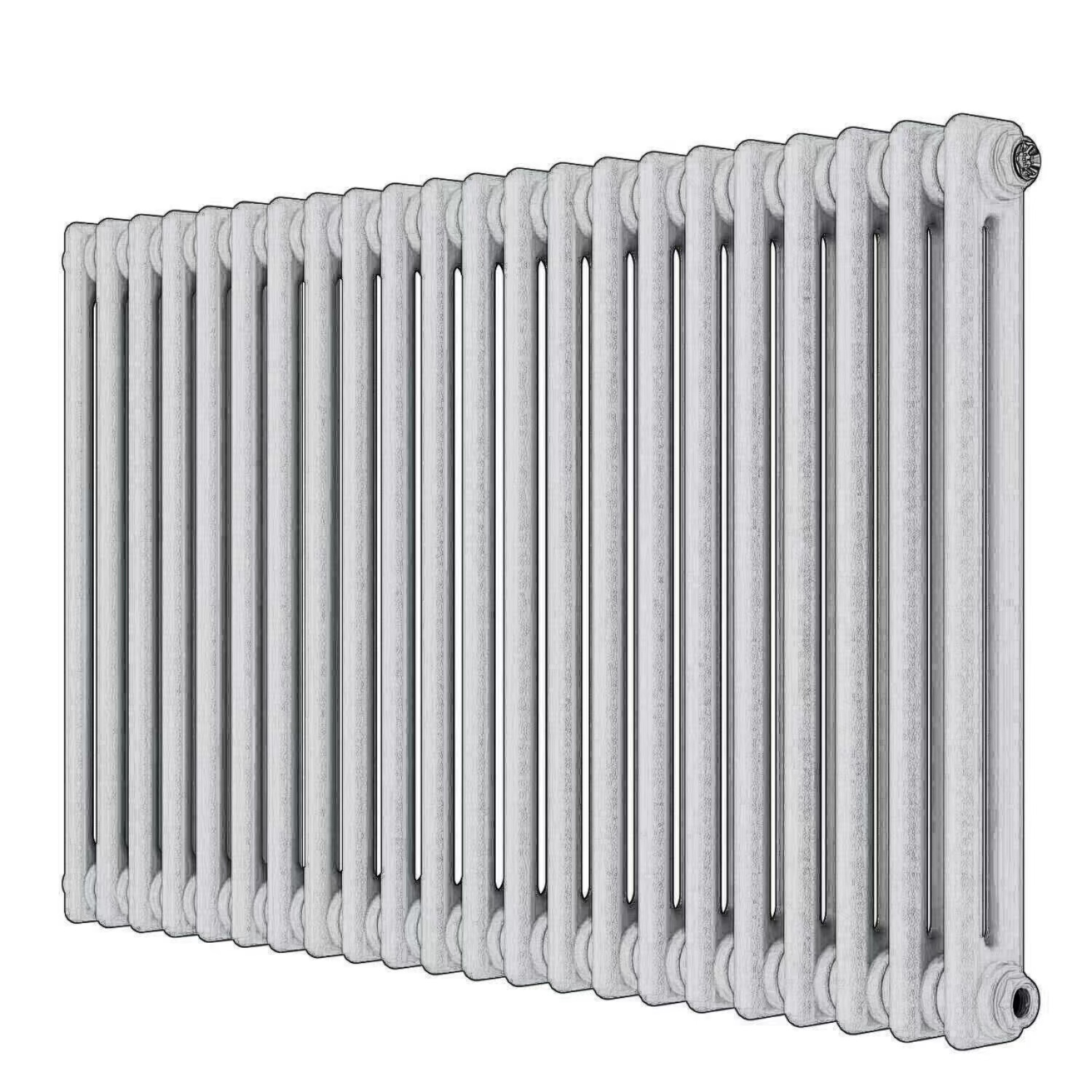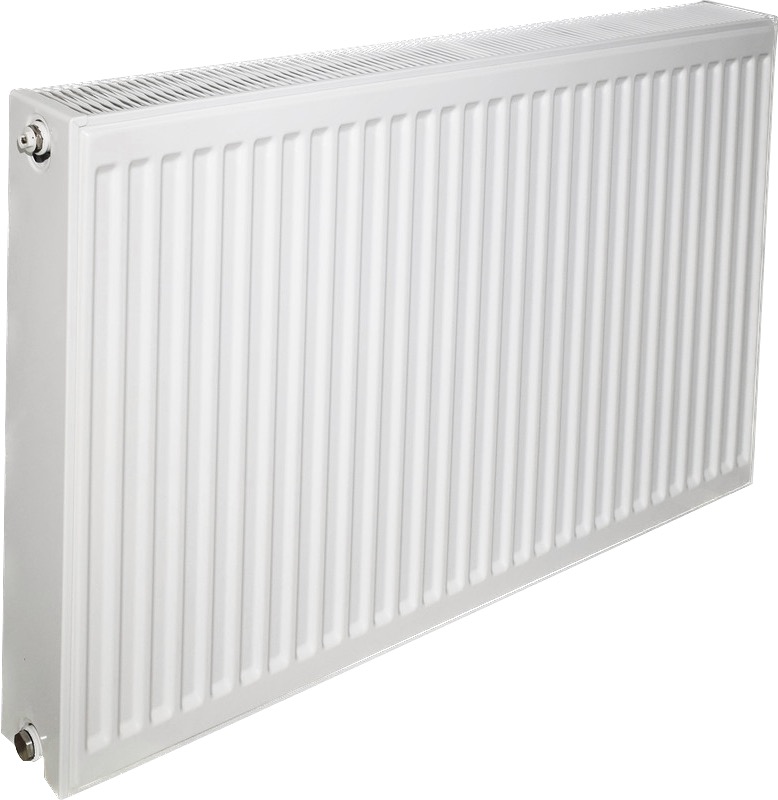Performance analysis and comparison of different material radiators

With the rapid economic development and the ever-increasing improvement of people's living standards, the number of radiators required for industrial and civilian use continues to increase. In industry, the radiator is the main component of the automobile engine cooling system. Its function is to dissipate the heat generated during the working process of the engine into the air through the coolant. Therefore, the performance of the radiator directly affects the performance of the automobile engine. It has a great impact on the economy, power and reliability of the car. In addition, with the increasing shortage of resources of copper materials, the price problem has remained high, and major automobile manufacturers have begun to research and apply aluminum brazing radiators with lower prices and better performance.
In civil housing, the main requirements for radiators are: 1) Light, thin and beautiful. "Light" refers to the use of thin-walled light-weight radiators such as steel, aluminum, copper, and plastic to reduce its own weight and reduce the amount of metal on the basis of improving thermal performance. Thin "refers to the thickness and width of the radiator as small as possible. Reduce the occupied area and hope that the thickness is within the range of 40100mm. "Beautiful" means that the shape, scale, proportion, and color of the radiator can be coordinated with the interior decoration and have good surface treatment. "New" refers to the novel shape and new materials, craftsmanship, and The application of technology. 2) Safe and reliable. Including two aspects of thermal performance and manufacturing quality, it must not leak under the specified pressure conditions. It can work safely within the effective service life similar to ordinary steel pipes and has no large attenuation of heat dissipation. Will not cause damage to the human body. This article will analyze and compare the copper-aluminum radiator widely used in civil houses and the copper radiator and aluminum radiator used in the automobile industry.
1. The main features of the new civil copper-aluminum radiator The main feature of the new-type copper-aluminum radiator is to treat the ventilation components and heat dissipation components in the radiator separately, to take advantage of the corrosion resistance of copper and the characteristics of light weight, good heat conduction, and easy forming. .
The copper pipe is used as the water-passing part, which has strong corrosion resistance and can ensure the service life to be longer than the service life of the ordinary steel pipe used in the heating system. According to the national standard "Industrial Circulating Cooling Water Treatment Specification Requirements", the annual corrosion rate of carbon steel pipe walls should be less than 0.125mm/a; the annual corrosion rate of copper, copper alloy and stainless steel pipe walls should be less than 0.005mm/a. That is, copper The corrosion resistance of the pipe is about 25 times that of carbon steel pipes. Copper pipes are used as water-passing parts, which can achieve higher pressure-bearing capacity and increase the working pressure of the radiator. According to the national standard "Copper and copper alloy drawn pipes" (GB/T1527-1997), for T2 and T3 copper pipes, the wall thickness range of the product is 0.510mm. The factory hydraulic test pressure D is the pipe outer diameter ( mm); S is the allowable stress (41.2MPa for pure copper). According to this formula, the factory pressure test values of copper pipes with different pipe diameters and wall thicknesses can be obtained. Based on this, copper pipes with different wall thicknesses can be selected according to the requirements of the working pressure of the radiator.
Aluminum material is used as the heat dissipation part, which has a low density and is easy to form. It can be made into different shapes and sizes according to thermal and use requirements to reduce the weight of the radiator and improve the metal thermal strength of the product. Although some copper tubes are used in the copper-aluminum radiator, the wall thickness is very thin and the weight is very light. Aluminum has good thermal conductivity, and its density is 2.7g/cm3. And steel is 7.8g/cm3. Obviously using aluminum as a heat dissipation component, the material weight when reaching the same heat dissipation area will be much lower than carbon steel and cast iron. The metal thermal strength of copper-aluminum radiators can generally reach more than 2.2WAkg〃C), which is about five times that of cast iron radiators and more than three times that of steel radiators.
2. Performance comparison between aluminum radiator and copper radiator in the automobile industry The main function of radiator is to dissipate heat. Because copper has much better thermal conductivity than aluminum, people have always used copper and copper alloys to produce radiators. However, the working environment of automobile radiators is relatively harsh. In order to prevent the copper radiator from contacting with sulfur, ammonia, hydride, acid and other substances in order to extend the service life of the copper radiator, it is often necessary to coat the surface of the copper radiator with tin The protective layer is brazed and formed with immersion lead-tin, which causes the heat dissipation efficiency of the copper radiator to be much lower than that of the aluminum radiator. And the aluminum radiator is made of anti-rust aluminum alloy material with high welding strength and good corrosion resistance. The aluminum radiator made of this material has good heat dissipation effect, light weight, durability, energy saving, low cost, and convenient assembly and disassembly. , Economy and practicality are superior to many advantages of copper radiator.
2.1 Comparison of heat dissipation performance of radiators. Generally, for radiators with the same specifications and dimensions, the copper heat dissipation performance of aluminum radiators is lower than that of radiators, but the actual situation is that the heat dissipation performance of aluminum radiators is higher than that of copper radiators. This is firstly caused by the processing technology. The core of the copper radiator is welded with a lead-tin alloy, and the thermal conductivity of the alloy is only 23% of that of aluminum, resulting in a large thermal resistance during the heat transfer process; in addition, the copper radiator is in the welding process In the medium, the filler between the water pipe and the heat dissipation belt reacts with the matrix to form a thick copper-tin alloy, which also seriously affects its heat dissipation. The solder used for aluminum radiators is silicon-aluminum alloy, which is the same material as the parent body. After being melted in the brazing furnace, a part of it will diffuse into the parent material. It is smaller, so the heat dissipation performance of brazed aluminum radiator is higher than that of copper radiator. Therefore, the aluminum radiator is replaced on the existing vehicle type, and the size of the core body is made thin and small, while the heat dissipation performance is improved while the connection size is kept unchanged.
2.2 Comparison of structural strength. Copper radiators are often soldered with a welding strength of 8 10kg/mm2, while aluminum radiators are brazed with a welding strength of 9.513kg/2, so the aluminum radiator can withstand greater external forces. The heat pipes of copper radiators are usually bit seam pipes, and the welds are also soldered. The heat pipes of aluminum radiators are high-frequency welded pipes. The weld strength is even higher than that of the base material, and aluminum radiators can withstand With greater system pressure, in the water burst pressure test, the burst point of the high-frequency welded pipe usually appears on the base material near the weld, rather than on the weld. In addition, the aluminum radiator, like the copper radiator, can withstand 6.3 million bench vibration tests in the vibration mode specified in the relevant technical regulations without damage, and can fully meet the requirements of use under the condition of loading.
The weight of aluminum in the sample volume is only 30% of the weight of copper. Due to the limitation of ductility, the rolling thickness of aluminum material is about twice as high as that of copper. Under the same heat dissipation capacity and external dimensions, the weight of aluminum products is lighter. About 40%, the lightweight of the whole vehicle has higher economic efficiency.
The above analysis focuses on several commonly used radiators of different materials. The development of the times puts forward new requirements for radiators. However, it is difficult to meet the requirements of steel radiators for civil heating medium water management and water quality control at present, and copper-aluminum radiators can be used as long as the welding is closed, and the product superiority is outstanding. In the automotive industry, aluminum radiators are no less than copper radiators in terms of strength and reliability, and their weight and price are more advantageous. With the increasing requirements for automobile lightweight and energy saving, radiators are used as important parts of automobiles. It is also increasingly developing in the direction of high efficiency and light weight.

